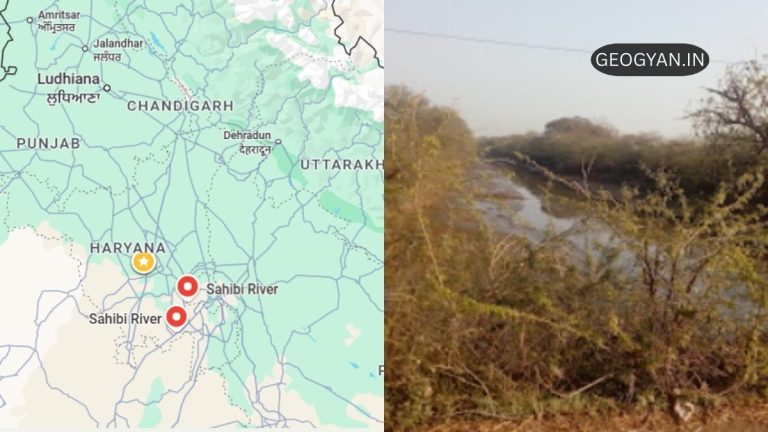Estimated reading time: 3 minutes

Table of contents
- Why Is the Altamaha River Making Headlines in 2025?
- Where Does the Altamaha River Originate and Flow?
- What Are the Geographical Features of the Altamaha River?
- Which Tributaries Feed the Altamaha River?
- Why Is Pollution a Threat to the Altamaha River?
- What Conservation Efforts Are Underway?
- Quick Exam Facts: Altamaha River
- FAQs
- Also Read
Why Is the Altamaha River Making Headlines in 2025?
The Altamaha River’s pollution issues have raised alarms because it is one of the few major US rivers that remains undammed, supporting a biologically diverse ecosystem. The river sustains commercial fisheries, support local economies, and serves as a critical water source. In 2025, the focus sharpened on measures to curb industrial pollution impacting recreational and fishery resources.
Where Does the Altamaha River Originate and Flow?
The Altamaha is formed by two large tributaries, the Ocmulgee and Oconee Rivers, which themselves rise in northern and central Georgia. It flows through largely forested, rural areas before meeting the Atlantic in a vast estuarine delta, which is one of the most productive in the southeastern US.
What Are the Geographical Features of the Altamaha River?
The river basin includes diverse landscapes, from rolling Piedmont hills to flat coastal plains. It carries an average discharge of about 14,000 cubic feet per second, playing a significant role in shaping estuarine ecosystems. The river’s tidal influence extends upstream influencing freshwater and saltwater habitats.
Which Tributaries Feed the Altamaha River?
Besides the prominent Ocmulgee and Oconee, tributaries such as the Ohoopee, Little Ogeechee, and Sapelo Creeks enrich the basin. The tributaries supply important spawning and nursery habitats vital for aquatic species survival. These waters support migratory fish and bird species, highlighting its ecological connectivity.
Why Is Pollution a Threat to the Altamaha River?
Chemicals and organic waste from pulp plants have been detected at levels above safe environmental thresholds. Algal blooms and fish kills due to lowered oxygen levels have been reported in sections of the river, endangering biodiversity and impacting commercial and recreational fishing. Pollution also threatens drinking water sources downstream.
What Conservation Efforts Are Underway?
Efforts include the establishment of protected areas in sensitive parts of the watershed and funding for advanced water quality monitoring programs. Partnerships between universities, government agencies, and NGOs foster community awareness campaigns to reduce pollutant runoff and restore native vegetation buffers.
Quick Exam Facts: Altamaha River
- Location: Georgia, USA
- Length: ~137 miles (220 km)
- Origin: Confluence of Ocmulgee & Oconee Rivers
- End point: Atlantic Ocean near Darien
- Basin area: ~14,000 square miles
- Special feature: One of the largest undammed river systems in the USA
FAQs
Q1. Where does the Altamaha River originate and where does it empty?
The Altamaha is created by the meeting of the Ocmulgee and Oconee Rivers and flows into the Atlantic Ocean near the Georgia coast, forming important salt marsh estuaries.
Q2. Why is the Altamaha River considered unique?
Its un-dammed, free-flowing nature preserves natural habitats rarely found on large rivers in the US, supporting a high concentration of biodiversity.
Q3. What environmental challenges does the river currently face?
Major concerns are industrial and agricultural pollution, which disrupt water quality and threaten endangered aquatic and terrestrial species.
Q4. What species depend on the Altamaha River basin?
Iconic wildlife includes the endangered Atlantic sturgeon, wood stork, and numerous migratory birds. The basin is also a refuge for rare plant species adapted to tidal wetlands.





























